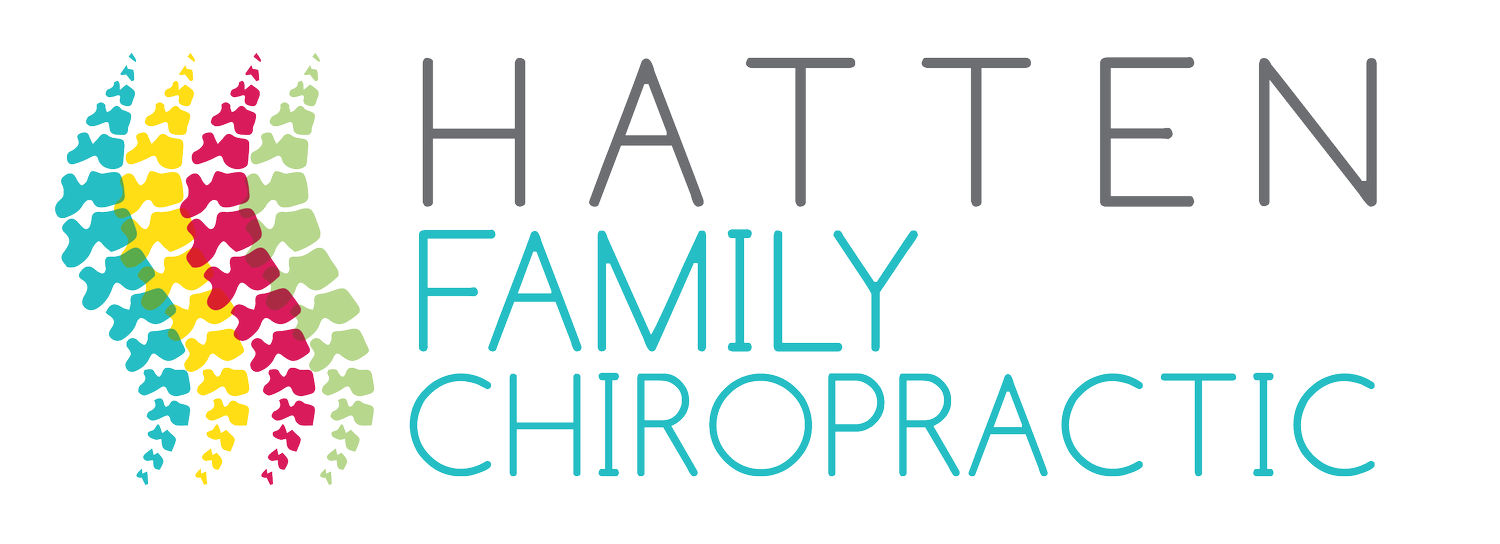What is an adjustment?
Hi Health Family!
Dr. William here today delivering the second installment of my Chiropractic Care 101 class. I guess maybe we can call this one Chiropractic 102!
Last week we talked about what a chiropractor is and what an adjustment and subluxation are. Today, I’m going to give you a little bit more information about the chiropractic adjustment itself! First and foremost, the adjustment is what distinguishes and separates chiropractors from all other health care practitioners. It’s the heart of chiropractic.
Technically, adjustments are specific high-velocity, low-amplitude thrusts delivered to spinal joints exhibiting biomechanical dysfunction.
Woof. That’s a mouth-full, so let’s break that down. Adjustments are very fast, shallow pushes or pulls on joints that aren’t moving properly. That makes it make a little bit more sense. Now you’ll see in my definition I specific spinal joints, and in my explanation, I did not make that distinction. When you have a spinal misalignment - what we call a subluxation - you have a measurable mechanical pressure exerted on the nerves passing through that joint space. This pressure translates into a loss of signal strength in that nerve. Imagine for a second what happens when you put a kink in a water hose. The pressure and output can decrease or even stop. That’s the same thing that happens when you have a misalignment. The most common reason someone comes into my office is pain, but that pain is often secondary to this much more serious event. In fact, the pain is the body’s way of telling you that there is a more serious problem of neurological compromise!
Do all chiropractors adjust the same way?
When chiropractic care was created nearly 125 years ago, chiropractors only adjusted the first two bones in the neck. They believed that was all that was necessary to remove the interference in the nervous system so that the body could function and heal optimally. However, as we have grown scientifically and as a profession, we have discovered that we can apply our talents to any joint in the body. Some chiropractors still focus on the first two bones in the neck, and they are called “Upper Cervical” doctors. Others will adjust any bone in the spine, but nothing else. These tend to be called “Straight” Chiropractors. Even still, you have other doctors that will adjust any joint with dysfunction and offer other therapies like electrical muscle stimulation, cold laser, and cupping - just to name a few. If you have been in my office or spent much time in this blog, you’ll know I’m the last category. I will adjust any joint with dysfunction, and I also perform some therapeutic modalities.
Do all chiropractors use the same technique?
Another great question! I’m so glad you asked. There are over 300 named and certified chiropractic techniques! Typically, chiropractors will find anywhere from three to five techniques that they gravitate towards in school. They will learn and master these and tend to offer some combination of these techniques in their practice. I know that’s certainly how I operate. For me, it was important to offer some very gentle techniques like Activator Methods. Not only is Activator the most gentle technique that’s safe for all ages, it also allows me to work on smaller joints outside the spine that we call extremities. I also practice full-spine, diversified and Gonstead. These are the more traditional hands-on techniques that you might have seen on YouTube clips or have experience where you feel the thrust and hear the pop, or cavitation, during an adjustment. I also have a special table with “drops,” and that allows me to practice moves native to the Thompson technique. It’s another, gentler method.
By employing this blend of techniques, I am able to take care of almost any complaint that comes through my door, and I am able to take care of practically any body type. If you’re scared of the popping sensation and you don’t want to feel a “rough adjustment,” then my Activator adjustments will be perfect for you. If you’re the type of person that wants to see instant results and has more of a “no pain, no gain” mentality, then you’d love my hands on Full-Spine adjustments. The important thing to remember is that only a chiropractor has the correct training to safely manipulate your spine and joints to ensure that you have all of the benefit of an improved nervous system and incredibly low risk of any adverse health event.
Yours in health,
Dr. William





